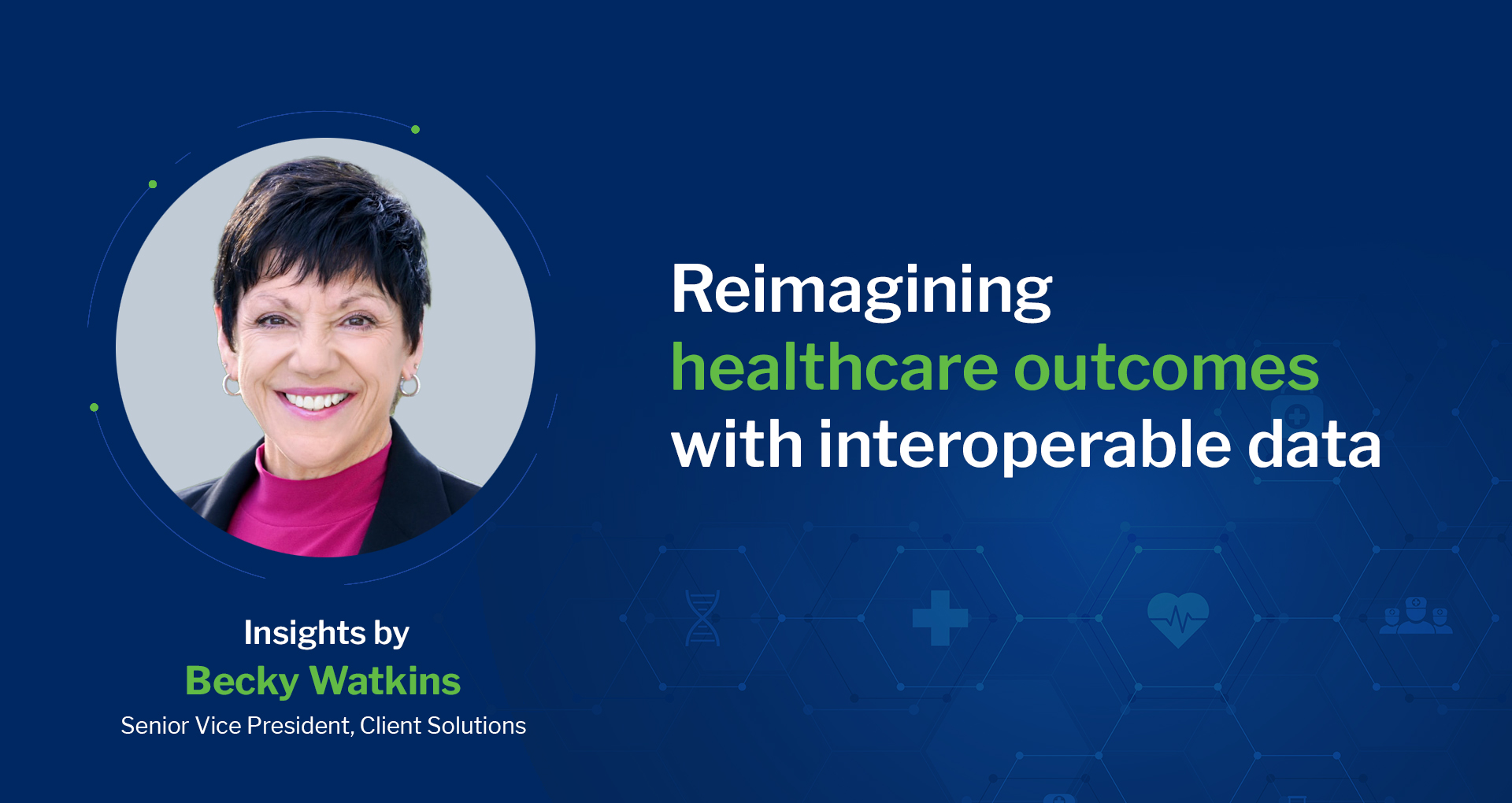The U.S. healthcare system faces widespread disparities in healthcare outcomes. In an interview with Integrated Healthcare Executive, Becky Watkins, Senior Vice President of Client Solutions at ResultsCX, notes that 60% of Americans live with at least one chronic condition. Yet, one in five patients neglect to adhere to prescribed treatments. With comprehensive access to data analytics and AI, healthcare payers and providers have the potential to identify high-risk patients, deliver timely interventions, and close care gaps. However, complex data governance protocols and concerns over accuracy and relevance remain the Achilles’ heel to closing health care gaps.
What is the health care gap and why does it result in many patients being underserved and at risk?
The health gap encompasses mental and physical health outcome inequities. The causes of the health gap include undiagnosed diseases, ineffective care plans, adherence issues, financial constraints, and limited access to services. The risk for patients who don’t have access to quality care boils down to either disease prevention, early prevention, or disease care.
On the prevention side, wellness exams are designed for early diagnosis and intervention to allow providers to begin a care regimen at the most treatable stages. According to the Centers for Disease Control and Prevention (CDC), 6 in 10 Americans have one chronic disease, and 4 in 10 Americans have 2 chronic diseases. The numbers are simply staggering and the trillions of dollars that chronic diseases cost the US every year is equally as staggering.
On the treatment side, statistics show that a high percentage of Americans simply are not following their prescribed care plans. In fact, 1 in 5 Americans don’t routinely fill their prescriptions and many don’t follow the prescribed dosage. The risk of the health gap is grave to patients and the cost impact is far reaching.
How are data analytics and artificial intelligence (AI) viable solutions for the health care gap, especially for these high-risk patients?
There is no shortage of data in the health care industry, but I think the problem lies in the curation of that data. There is a dire need to get better and more effective at analyzing large data sets without hampering care plans or care intervention access to effective health data. I think it allows providers to not only prescribe the best treatment for the patients but to look around the corner for adjacent care issues. Maybe even more important are the potential social and economic influences that need consideration for successful adherence to a self-care plan.
I think about it this way: if a provider had panoramic insights into a chronic disease, they could have ready access to data such as typical patient profiles by gender and race, behavioral habits correlated with chronic diseases, social determinants of health linked to certain diseases, and the likelihood of additional adjacent diseases. Data at a provider’s fingertips enables them to identify high-risk patients, pinpoint social determinants of health (SDOH) influences, and ultimately spend more time on personal care plans and conversations about the patient’s whole health. I think it also empowers and encourages patients to own and engage in their care, which is the ultimate care model.
Providers only see clinical data and payers only see claims data but imagine both payers and providers working in unison toward patients’ well-being. If you combined these 2 entities, and they worked in tandem to close gaps in care and monitor care regimens, it could create powerful results in promoting whole health outcomes. A care plan is only as good as adherence and that claims data serves as the paper trail of adherence, which could trigger timely intervention when adherence issues are identified. I believe that harnessing data could improve outcomes and create predictability, which is certainly something needed in the health care arena.
What are the potential benefits of these data-driven advancements for health care providers and organizations?
First and foremost are better health outcomes. Better health outcomes also chip away at those trillions of dollars that I mentioned that it costs to care for Americans with chronic diseases. Better disease prevention and detection and identifying high-risk patients are secondary benefits. Third, I think these advancements level the playing field for providers who may be at a disadvantage in rural areas due to limited access to emerging resources, advances, and findings.
How can these new approaches be made accessible and affordable on a large scale?
The good news is the data exists. The bad news is that there is no simple solution to collect, structure, index, and catalog this information for the masses to access. I’ve seen multiple large organizations struggle with this task within their organizations. However, once they succeed, their data trust skyrockets, the business outcomes become more efficient, and data sharing between departments becomes a powerful enterprise tool. So, there is no easy answer and as simple as it may look on paper, it is quite an undertaking. But we could reap the benefits across the nation.
What are the main challenges for the launching and implementation of these strategies?
Three challenges come to mind. First, risk and regulatory bodies can never be overlooked because governance is mandatory for any data projects in health care. Second, data insights evolve regularly and keeping that data renewed certainly poses its own set of challenges. Finally, determining data relevancy is a major challenge. Determining scope would be mission critical to making a tool that people can use to harness data to their advantage.
This topic is near and dear to me and something that I work on regularly. AI and data analytics are certainly something that our entire organization is swirling around, and I hope that we have some influence on outcomes.
This article is written by Becky Watkins and was first published in Integrated Healthcare Executive






